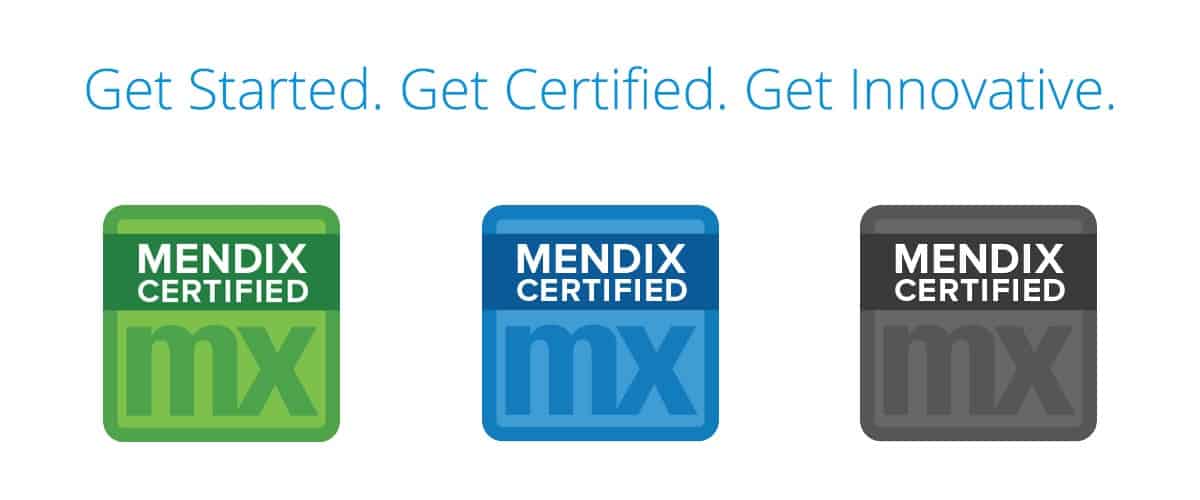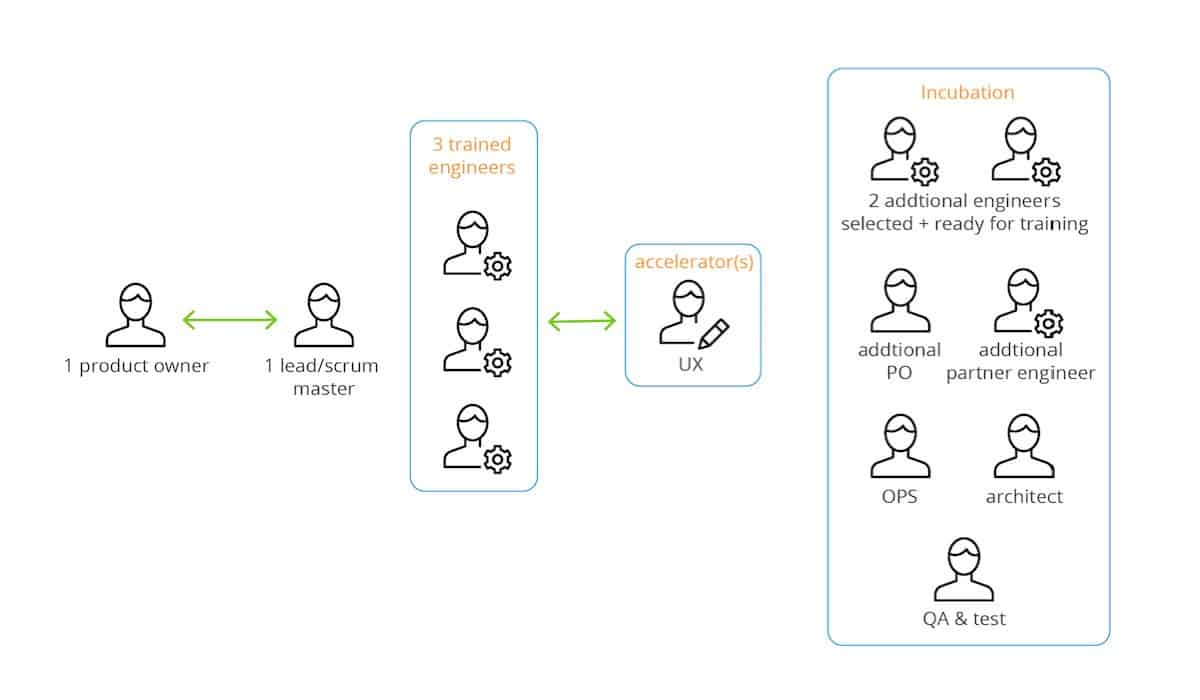When working with legacy applications, it can be burdensome to make any type of developmental change. This can be for one of the following reasons:
- The application was built on an old system that most likely does not have the same type of integration capabilities and ease of use that modern platforms have;
- The team that initially built the application is no longer with the company, so a new team would need to take on the challenge of working with an old platform, especially if they are not trained on the old platform.
Luckily, this is where Mendix comes in and makes a difference by both relieving developers of the challenges of legacy application migration, and in making changes to the app in an agile environment.
How One Customer Used Mendix to Migrate Their Legacy Lotus Notes Apps
Recently, I worked with a customer who was constructing a team to migrate several legacy applications from Lotus Notes to Mendix. Looking to get the ball rolling with application development, they decided to have a Senior Solutions Consultant (me) lead the development of their first application.

The first application was an internal purchase ordering app where an employee would create a list of items that needed to be purchased and the order went through the necessary approval system to make sure the items purchased were acceptable by the company. This app was a port over from an existing Lotus Notes application, with the added functionality of a user being able to approve a purchase order on a mobile device, leveraging some of the advantages of using Mendix. During this first app development process, the customer was simultaneously training a team of their in-house developers with the Mendix Intro Training.

This process was greatly beneficial to the customer. Not only were they getting their team ramped up on using the Mendix platform, they also had one of their applications developed on Mendix and could leverage the expertise of a Mendix Consultant and see first-hand how to successfully develop an application from start to finish. Now, with their app successfully ported over to Mendix, it can be considered future proof and any further development down the road can be easily completed.

After this first app was ported over in Mendix, the customer quickly began work on their second app. The process was almost identical to their first app, except this time they decided to utilize a Mendix UX/UI expert to give their second app a look and feel that matches their company’s brand, something that was impossible to do using Lotus Notes.
Using Legacy Structures and Workflows to Your Advantage
When developing applications that are already built on a legacy system, the developer is in a very advantageous position to really speed up an application’s development lifecycle due to the already defined structure and workflows. Having this structure already in place enables the developers to avoid one of the most common bumps in the road during development: not developing the exact deliverable that the project manager was expecting.
Often, a developer will create either a page or workflow that is their interpretation of a written description from the project manager, only to be disappointed when the project manager says the developer did not follow their instructions. This result leads to not only wasting time and budget, but also creating friction between team members. Since this was completely avoided during their application development process, the customer’s first application was developed in only a short couple of weeks!
When development on the customer’s first application was completed, they had a quick win to show to their project owners. At this stage, their developers had not only been trained in Mendix but were able to assist in some of the development and acquired some real-world Mendix development experience. Legacy app migration is not only a great use case for Mendix, but it is also a great bridge to get new developers to become confident in using Mendix successfully.
